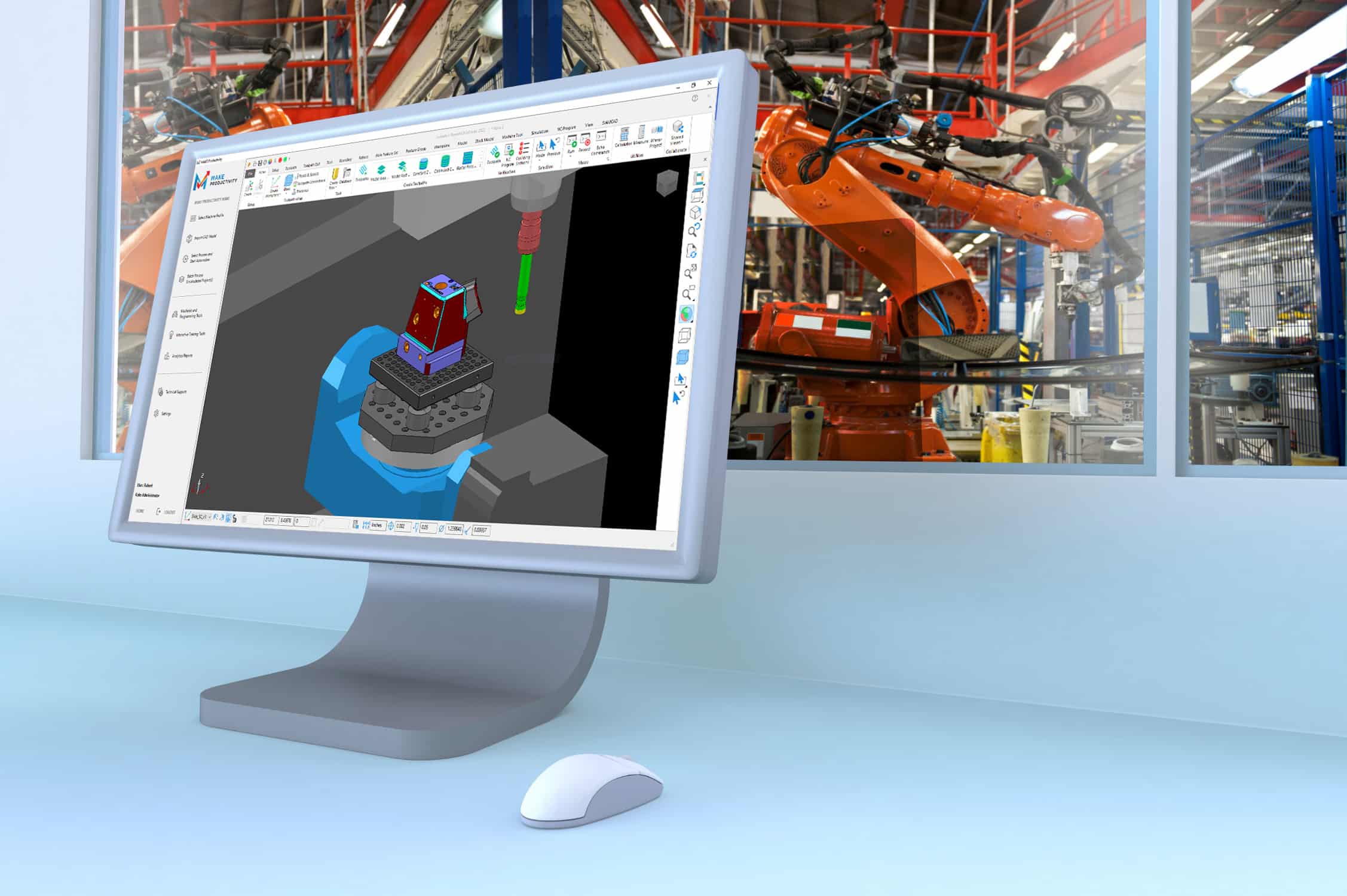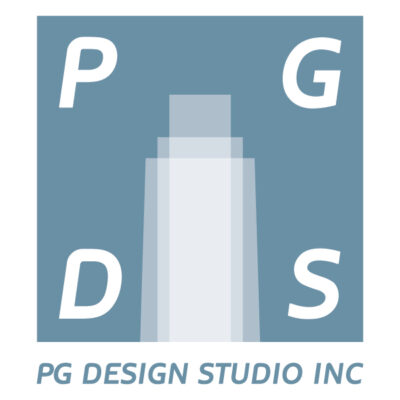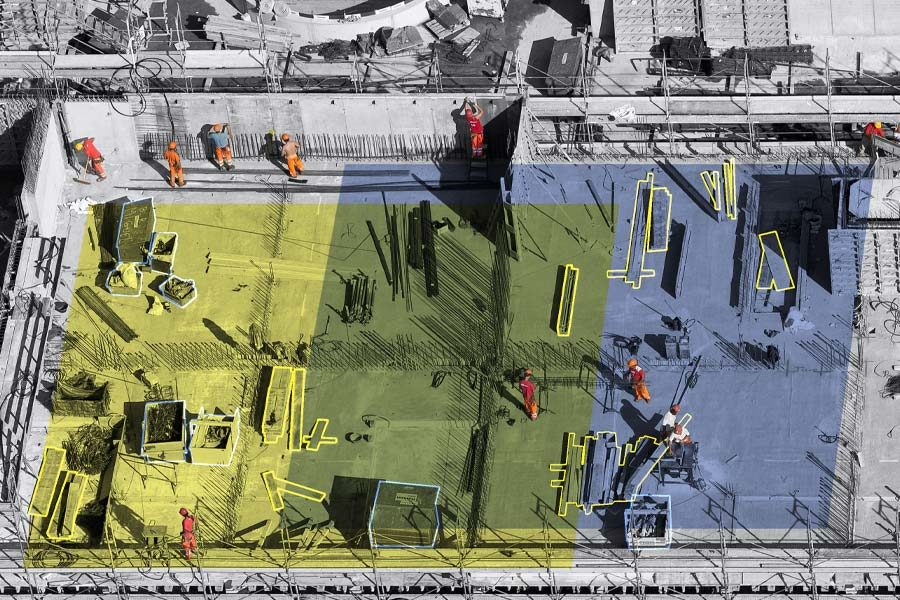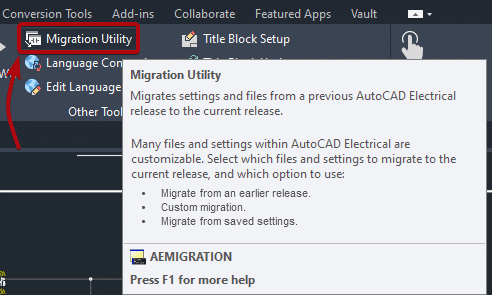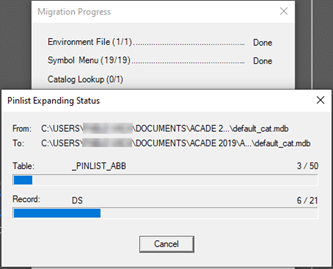Digital transformation is essential for any business looking to navigate the post-COVID world that exists today. Before the pandemic, the focus on digital transformation was high but has increased due to a large portion of the labor force relying on easily accessible data at home.
At the heart of any successful digital transformation project is accurate data structure.

What Is Digital Transformation?
Digital transformation refers to the process of shifting operations, data, and tools commonly available in offline or non-interactive environments to a completely digital solution. Digital transformation can yield the following benefits:
- Increased visibility to data trends will lead to an improved understanding of the customer experience and an uplift in sales
- Provide reports that highlight improvement opportunities within common workflows that reduce costs and increase efficiency
While the benefits of digital transformation have been on display for many years, some businesses view this practice as a lower priority. Specifically, asset-heavy organizations are reluctant to change and move their information online or revamp their technical infrastructure. Instead, these businesses prefer to continue maintaining older and outdated systems to minimize the impact on existing day-to-day operations.
How COVID-19 has Pushed Digital Transformation to the Forefront
With the onset of the pandemic, organizations have needed to scramble to enable remote operations, social distancing, and continue to maintain assets across multiple sites and locations. Suddenly digital transformation is now a requirement for many businesses.
This has been a difficult transition period for organizations that didn’t have an existing plan in place. Effective data structure has emerged as an essential piece of this transformation.
Digital Transformation is Built on Strong Data Structure
Well governed and structured data is the basis of a well-executed digital transformation. The amount of data can be overwhelming for asset-heavy organizations and found in different sources such as:
- Work orders
- Asset data and maintenance records
- Data coming in from various other mission-critical tools – i.e., EDMS or CMMS solutions
- MRO inventory data
- Pen and paper documentation

Unstructured Data Can Lead to Long Drawn-out Digital Transformation
Most organizations have their data spread over different locations and tools. This data can also be inaccessible by various teams and generally unstructured. Here are a few reasons why:
- Knowledge is often spread by word-of-mouth with no documentation available
- Data consists of a combination of paper, on-premise, and cloud-based tools. This inconsistency leads to incomplete information, poor document version control, and more
- Existing digital solutions work independently of each other with little integration
- Day-to-day digital workflows are not standardized or governed for good data structure
Incomplete Data Leads To Poor Asset Structure
If your asset-intensive organization has poor data quality, this will affect your asset structure. All the information surrounding an asset (i.e., documentation, compliance, maintenance plans, etc.) will be affected by default, which can lead to:
- Incomplete data sets
- Out-of-date information
- Trouble maintaining industry compliance
- Higher costs to maintain data infrastructure
- Data security issues
- Increased risk of a digital transformation project failing
Once a weak data structure exists, the related issues will carry over into other complementary solutions. The lack of robust and available data will affect other data-driven automation and Industrial Internet of Things (IIoT) projects. These solutions require a complete and comprehensive data structure to build and implement successfully.
How to Ensure your Data and Asset Structure is Correct
To set up your business for a successful Digital Transformation, you can improve your data structure by focusing on accurate data, robust data structure, and data governance.
1. Review Your Current Data
Reviewing your current data should be the first step for improving the existing data structure. This requires that you answer vital questions about your data itself, including:
- What data do you have?
- What information are you collecting regularly?
- How and where is the data used?
- What does that data tell you about your customers, about your KPIs, about your business?
- Identify missing data opportunities. Where are there currently gaps in your data needs?
Leading off with a review of current data will help your team understand your data and what you do with it.
2. Organize your Data with the Appropriate Tools
The next step is to use a well-structured tool to import your data. Using a tool that can assist with proper data structure, governance, and analytical insights will ease your path to digital transformation by:
- Providing automation of workflows to increase data entry efficiency and ensure data accuracy by avoiding human error
- Confirming your data initiatives are standardized and repeatable
- Guarantee that your organization can easily manage your information’s flow, quality, and governance, which is key to any compelling insights or transformation efforts
Selecting the right solution will vary by your organization’s industry, data sources, and required integrations. The right tool will provide a broader view and understanding of your data as a whole to your entire team.

What Types of Tools fit best For Asset-Intensive Organizations?
Two tools covering these requirements are a computerized maintenance management system (CMMS) and an electronic document management system (EDMS). Ideally used together, an EDMS and CMMS solution will work in sync and provide increased functionality as a whole.
Most successful asset-heavy organizations already use a CMMS or EAM solution for their maintenance tracking needs. It allows you to digitize and automate maintenance operations to deploy preventive maintenance strategies better, develop better maintenance practices, stay organized, and ultimately save time and money. While this is a significant first step into modernizing your digital data footprint, a CMMS system alone is missing essential functionality for maintaining your data structure in other areas (i.e., technical drawings and documentation). This functionality is where an EDMS solution excels.
Pairing an EDMS with a CMMS solution is the winning combination that empowers your team with the following benefits:
- A fully connected digital single source of truth with high availability
- Automation across multiple tools to improve efficiency and data accuracy
- Easy to manage data governance over the entire technological stack
In a post-COVID world, organizations that complete digital transformations and modernize their operations will pull past competitors relying on legacy systems. But making the transition begins with reliable data and solid asset structure as a first step.
To learn more about Meridian solutions (EDMS and CMMS) and how they can help your team, don’t hesitate to get in touch with the SolidCAD Meridian team.









